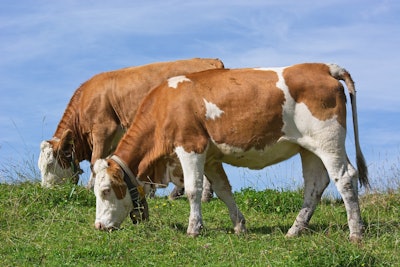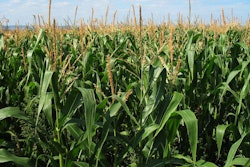
The Canadian government announced Saskatchewan Crop Insurance Corp. (SCIC) is implementing extraordinary measures to offer support to Saskatchewan livestock producers facing challenges resulting from dry conditions this year, allowing additional acres of low yielding cereal and pulse crops to be diverted to feed.
This incentive allows crop producers to make timely decisions to make additional feed available to graze, bale or silage.
“This change to the low yield threshold aims to help producers make critical decisions about how to move forward with their crop and feed requirements," said The Honourable Marie-Claude Bibeau, Minister of Agriculture and Agri-Food. "Many producers have been in this unfortunate situation before, due to the risks associated with climate change, which is why we are so committed to finding agricultural innovations that will increase resiliency going forward.”
When crops are severely damaged and the appraised yield falls below an established threshold level, the yield is reduced to zero for the crop insurance claim, explained the statement from the government.
In response to the feed shortage this year, SCIC is doubling the low yield appraisal threshold values allowing customers to salvage their cereal or pulse crops as feed, without negatively impacting future individual coverage. For example, the 2023 threshold level for oats is 10 bushels/acre.
With a doubled low yield appraisal, the threshold increases to 20 bushels/acre for a producer intending to use the oats for feed. The claim is determined using a zero-bushel yield and the original 20 bushels appraised yield is used to update future Crop Insurance coverage.
“We are seeing dry pockets and grasshopper damage throughout the province, particularly in the southwest," said David Marit, Saskatchewan Agriculture Minister. "We are committed to supporting our farmers and ranchers to lessen the impact of these challenging weather conditions, and I want to encourage crop producers to again work with neighboring livestock producers to make feed available. This same initiative was implemented in 2021, resulting in over 345,000 acres of additional crop redirected to feed.”
Before customers begin to graze, bale or silage their damaged crop, producers should contact their local SCIC office.















